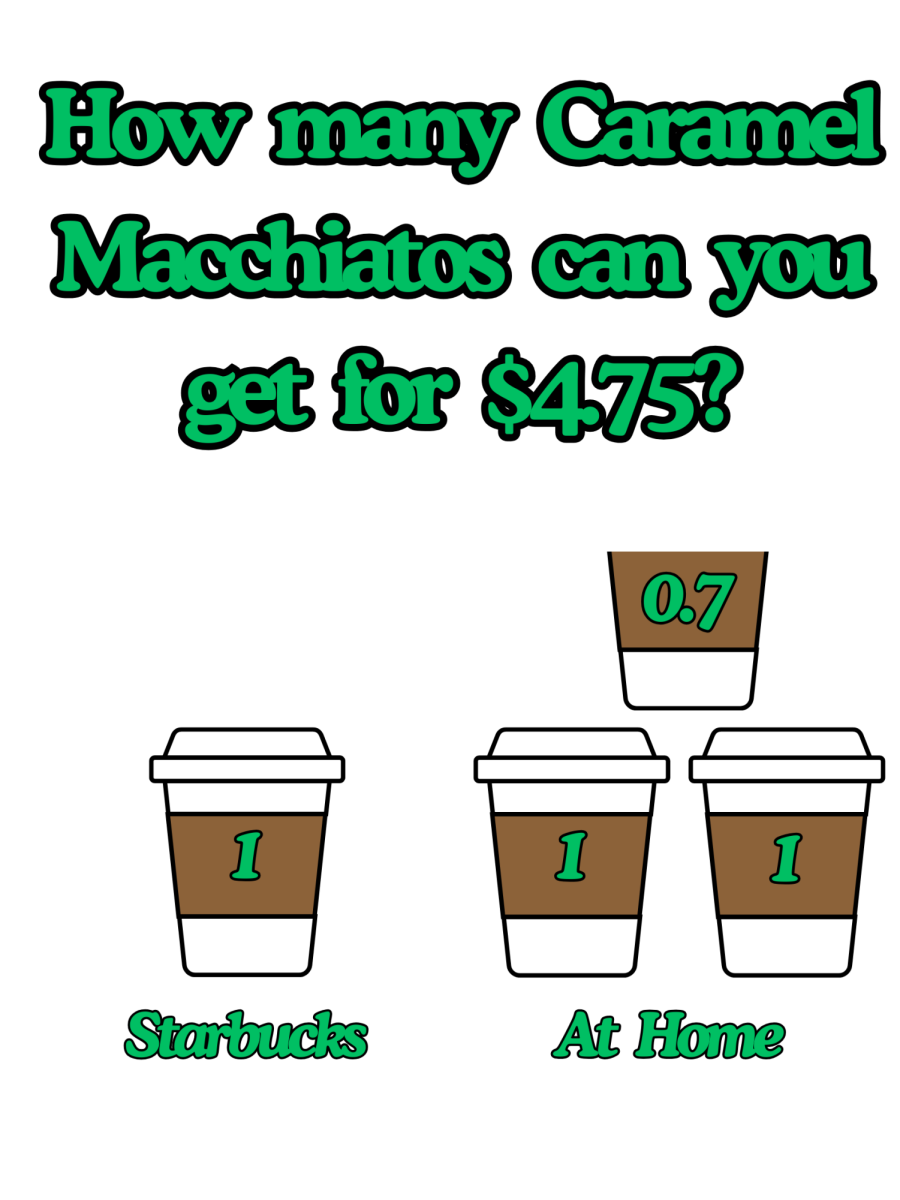When taking into account rising gas prices, daily food expenses, and other necessities, how do we fit a $7 cup of coffee into that equation?
With coffee not even being a substantial meal, it just adds to the overall cost of a single meal.
Considering the ingredients used, shouldn’t we just make our coffee at home?
If so, why is the coffee shop industry booming with increasing prices and backed-up orders?
Given the quality of ingredients used by corporations like Starbucks, charging luxury prices seems ridiculous for what is essentially a fast-food chain.
The most expensive add-on for drinks also happens to be the most popular: cold foam, which costs a whopping $1.25.
While that might not sound like much, cold foam is just a fancy way of saying frothed milk with a couple of pumps of flavored syrup.
It seems Starbucks has adapted to inflation by using minor modifications to upcharge their products.
As long as people continue to pay these prices, companies will keep finding ways to take every penny they can from consumers.
Even supporting small business coffee houses can make a dent in your bank account, especially for daily coffee drinkers.
The only real way to escape the high prices of a plastic cup full of caffeine is either to cut the addiction or to make your own coffee from scratch.
Along with their overpriced coffees, Starbucks also capitalizes on their line of “refreshers,” which are basically lemonade with some fruit juice—mostly ice, at that. For about $5, we should expect more than just a medium cup filled with flavored lemonade.
Outside of the beverage realm, Starbucks has also capitalized on their microwaved food. Over the past decade, many food items have seen significant price increases, with one of the most prominent examples being their infamous cake pops.
In 2014, cake pops were priced at a reasonable $1.50, but by 2024, the stick loosely holding a condensed ball of cake covered in melted chocolate now costs $2.95. This means that a single bite of cake has seen a price increase of about 97%.
From food to drinks, this overpriced chain of low-quality coffee continues to be the most efficient source of breakfast necessities when on the go.
However, the most cost-effective way to source roasted coffee beans remains an at-home brewing system.
